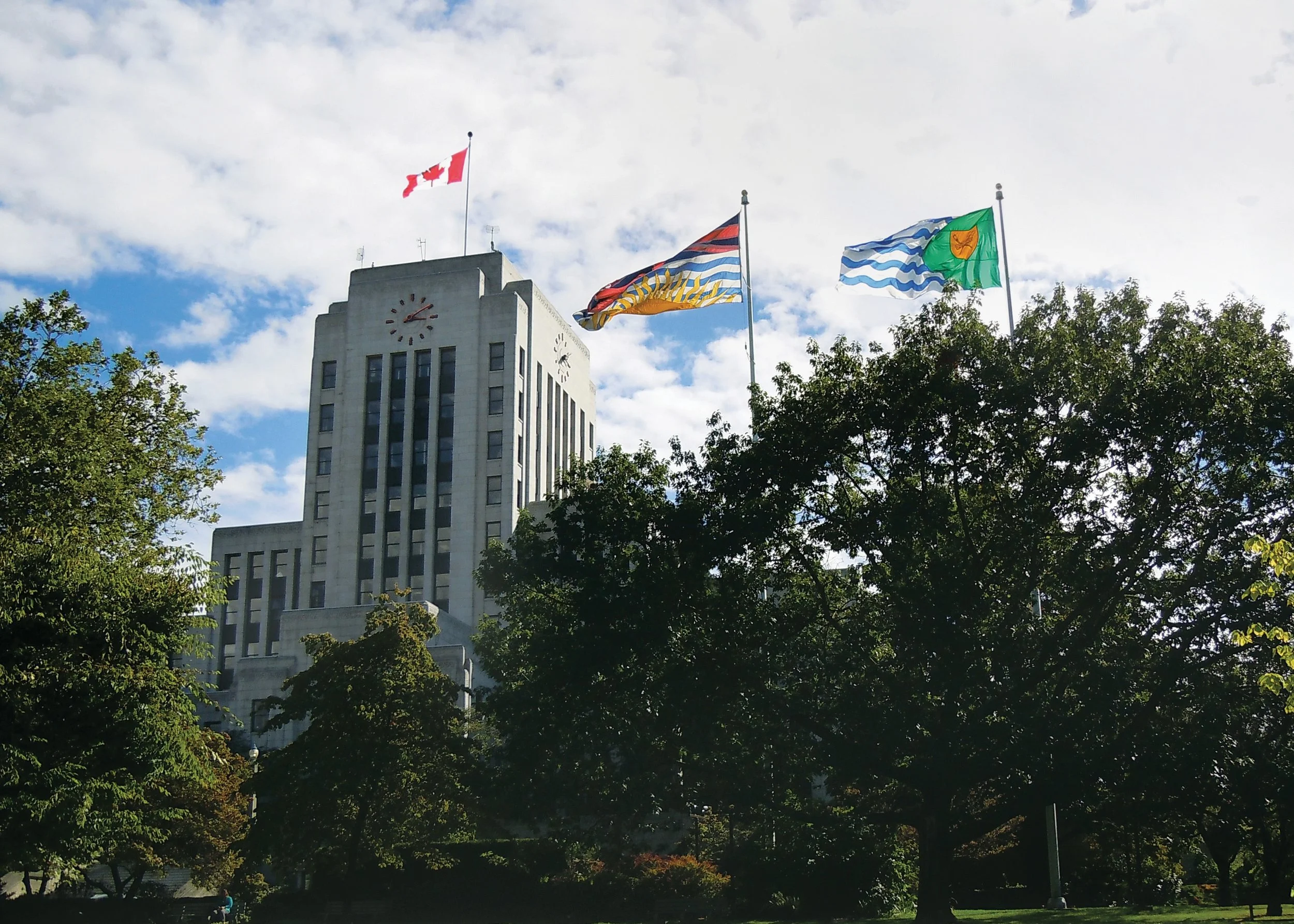Online project "be water" maps out artful memories of Hong Kong as National Security Law anniversary nears
Submissions span photos of picturesque sites and Lennon Walls, as well as field recordings
A screen shot of the be water site, featuring a photo of protestors’ Lennon Wall.
AT FIRST GLANCE, the be water website looks and feels a bit like an interactive tourist map of Hong Kong, emblazoned with pin icons you can click to find pop-up photos, text, and sound recordings.
Some of the imagery is picturesque: a night shot of lights dotting the black peak of Lion Rock; fishing boats with parasols selling snacks; colourful market stalls hawking toys and fabric rolls. Under one shot of the Hong Kong waterfront, an anonymous contributor writes “Ferry ride to home. I can’t get this anywhere in the world.” Elsewhere, someone has uploaded a sound recording of an MTR commuter station, with a voice announcing the next train and the rumbling of its arrival.
But delve deeper into the platform started by two Canadian artists, one from here on the West Coast, and you begin to see the pain with which these images have been posted.
These are memories and yearnings for a Hong Kong that may no longer exist, due China’s imposition of the National Security Law, which went into force at 11 pm on June 30, 2020, an hour before the 23rd anniversary of the city's handover to China from British rule. Outlawing acts of subversion in Hong Kong, it has stifled political freedoms and the ability to protest, leading to the detention of untold numbers of pro-democracy activists.
Click deeper into be water’s map pins, and you start to see more troubling images of Hong Kong. One photo titled “Tear Gas Leftovers” pictures metal cannisters left in the street by police forces battling a rebellion. A photo of a walkway enclosed with a tight metal grid carries a caption that reads, “This is a footbridge which I walked pass everything during studies in HKAPA. And now, it is covered with fences as the government wants to prevent protesters occupying the bridge.” And several posted images capture the impromptu “Lennon Walls” that have popped up in Hong Kong as silent protests over recent years—collages of neon Post-Its carrying revolutionary messages.
Now be water artist-organizers hope to gather a wave of new submissions to their map to mark the one-year anniversary of the National Security Law.
Named for a term protesters used to describe their efforts to elude the police crackdown, the interactive digital map serves as an artful repository for collective memories of Hong Kong—about 200 and counting so far—and as an act of political dissidence.
Due to the crackdown in Hong Kong, where they still have ties, the two Canadian-based artists behind the project can’t divulge their own identity, and have built a system of encryption to keep anyone who posts anonymous.
“I think the impetus for it is to attract people to it with human stories,” says the project’s arm’s-length spokesperson, well-known Vancouver-based Filipinx-Canadian author and playwright C.E. Gatchalian. “Obviously it is political, but the purpose of it is not to disseminate agit prop. It’s really grounded in people’s personal memories and personal associations with Hong Kong, whether they’re from Hong Kong originally, or whether Hong Kong is a second home for them, or a place they’ve been to or travelled to a lot.
“But the way to ground the project with Hong Kong is as a place as it used to be,” he emphasizes. “The Hong Kong that the project contributors remember no longer exists.”
The fact that the two Canada-based artists behind the project cannot reveal their identity speaks volumes to the threat of the National Security Law and repercussions for family and friends in Hong Kong.
“They’ve made it very clear that authority extends beyond the boundaries of China,” Gatchalian says. “That was the main reason they came to me: they obviously couldn’t promote the project themselves and they found it really difficult to find other Canadian-Hong Kong artists comfortable enough to be a public spokesperson.”
The artists have used encryption to maintain the anonymity of anyone who posts, whether they’re based here in Vancouver or in Hong Kong itself. The project doesn’t collect any identifying information—no names, no email, no contact info. IP addresses aren't gathered with submissions, and instructions are provided to strip any identifying data from photos, including a tool to blur faces. Anyone can make a submission by clicking at a point on the map and writing a new post at bewater.la/, and organizers vet each submission.
The playwright and author accepts the fact that even he faces risks by publicly supporting be water. “I am in danger of probably never having my work produced in China and Hong Kong,” Gatchalian says. “But I really felt as a matter of principle I had to: freedom of expression is a non-negotiable. And I’m in a much safer position than the lead artists on this.”
















